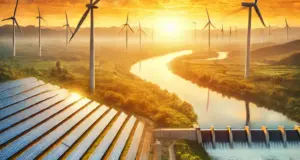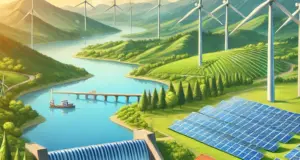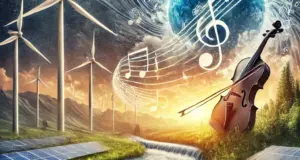In the grand theatre of existence, energy plays the role of an unsung hero, the invisible force that powers the gears of human civilization. It is the lifeblood of progress, the silent whisper behind every innovation, and the mighty wind beneath the wings of industrial advancement. Energy manifests in various forms—electrical, kinetic, potential, nuclear, and radiant—each a vital cog in the machine of modern life. However, these energies are not conjured out of thin air; they are birthed from distinct energy resources. Some of these resources are as ancient as time itself, while others are the promise of a sustainable tomorrow.
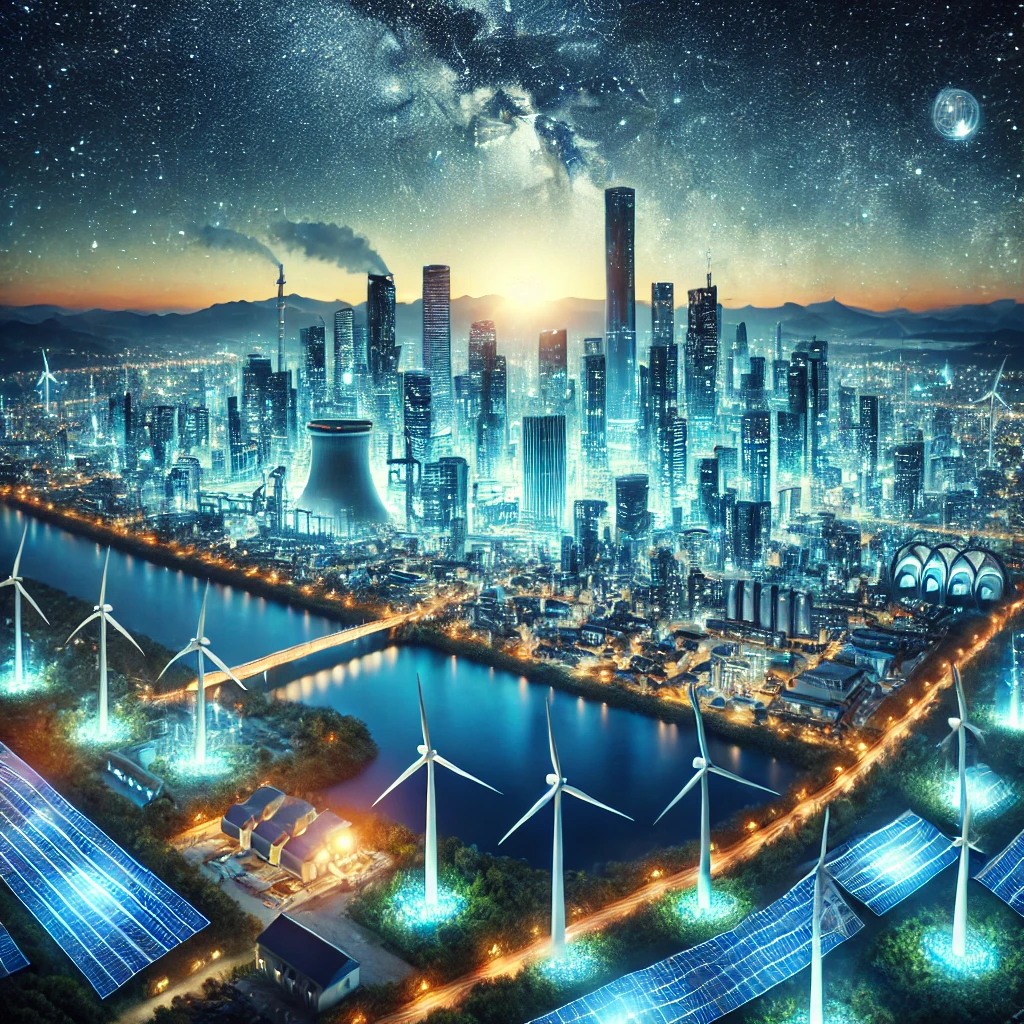
1. The Twin Faces of Energy Resources
Energy resources are broadly categorized into two major types: non-renewable energy resources and renewable energy resources. Non-renewable resources—such as coal, oil, and natural gas—are akin to a candle burning at both ends, depleting with every passing moment and leaving behind an ominous trail of environmental concerns. In contrast, renewable energy resources resemble an eternal spring, offering an unceasing flow of power drawn from nature’s inexhaustible bounty. These sustainable power sources are revolutionizing how humanity perceives energy consumption and are paving the way for a greener, cleaner future.
2. The Many Faces of Renewable Energy
The types of renewable energy are as diverse as nature itself, each source brimming with unique potential. These resources, drawn from the Earth’s natural elements, are the golden keys unlocking an era of sustainability and environmental harmony.
a) Solar Energy: The Celestial Gift
The sun, an eternal lantern hanging in the vast cosmic expanse, showers the Earth with boundless energy. Solar power, harvested through photovoltaic cells and solar thermal systems, transforms this golden radiance into usable electricity. Much like a farmer harvesting sunlight to nourish his crops, solar panels capture this celestial gift, converting it into energy that fuels homes, industries, and even entire cities. The types of renewable energy would be incomplete without mentioning solar power, for it stands as a beacon of hope in the quest for sustainability.
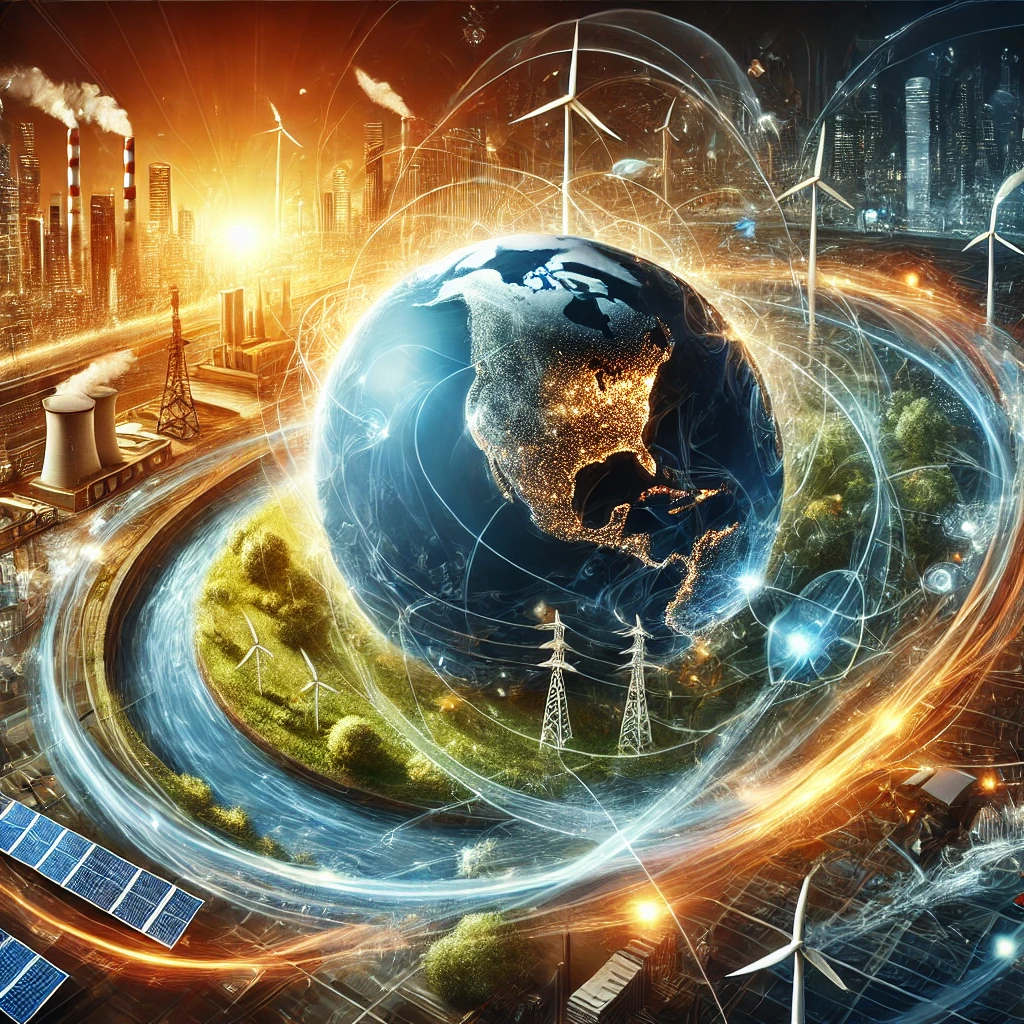
b) Wind Energy: The Invisible Chariots of Power
Wind energy harnesses the relentless force of moving air, much like ancient sailors once relied on the wind to propel their vessels across vast oceans. Towering wind turbines stand tall like sentinels of sustainability, their giant blades slicing through the sky, generating electricity without a whisper of pollution. This form of energy, captured through onshore and offshore wind farms, is a testament to human ingenuity—an ode to harnessing nature’s power without depleting its essence.
c) Hydropower: The Eternal Dance of Water
Rivers have long been the lifelines of civilizations, their ceaseless flow carving valleys and shaping landscapes. Hydropower taps into this relentless force, converting the kinetic energy of flowing or falling water into electricity. Dams and hydroelectric plants act as grand reservoirs of energy, storing nature’s kinetic prowess to be unleashed when demand arises. Just as a waterfall never ceases to tumble over the edge, hydropower remains a ceaseless, renewable contributor to the types of renewable energy that propel modern development.
d) Biomass Energy: The Ancient Alchemy of Nature
Long before modern advancements, humankind relied on burning wood, plant material, and organic waste for warmth and sustenance. Today, this ancient practice has evolved into biomass energy, where organic materials are transformed into biofuels and biogas, producing electricity and heat. This renewable source is nature’s way of recycling energy, a process as seamless as the falling of autumn leaves, which decompose and nourish the earth, continuing the cycle of life. Biomass energy completes the spectrum of sustainable solutions under the broad umbrella of the types of renewable energy.
3. The Dawn of a Renewable Revolution
As humanity stands at the crossroads of energy transition, the importance of types of renewable energy cannot be overstated. The reliance on fossil fuels is a fading echo of the past, while the embrace of clean, renewable power sources is the anthem of the future. Governments, scientists, and environmentalists are championing this transformation, advocating for a world where the air is untainted, waters remain pristine, and energy is harnessed without jeopardizing the planet’s delicate balance.
4. A Future Illuminated by Sustainable Power
The energy landscape is shifting, much like the changing tides, towards an era where sustainability is no longer an option but a necessity. The types of renewable energy stand as nature’s unyielding promise—an assurance that power can be drawn without depletion, harnessed without harm, and utilized without consequence. The journey toward a cleaner, greener future is well underway, and with every solar panel installed, every wind turbine erected, and every hydroelectric dam constructed, we take one step closer to an energy renaissance—one that ensures prosperity for generations to come.

